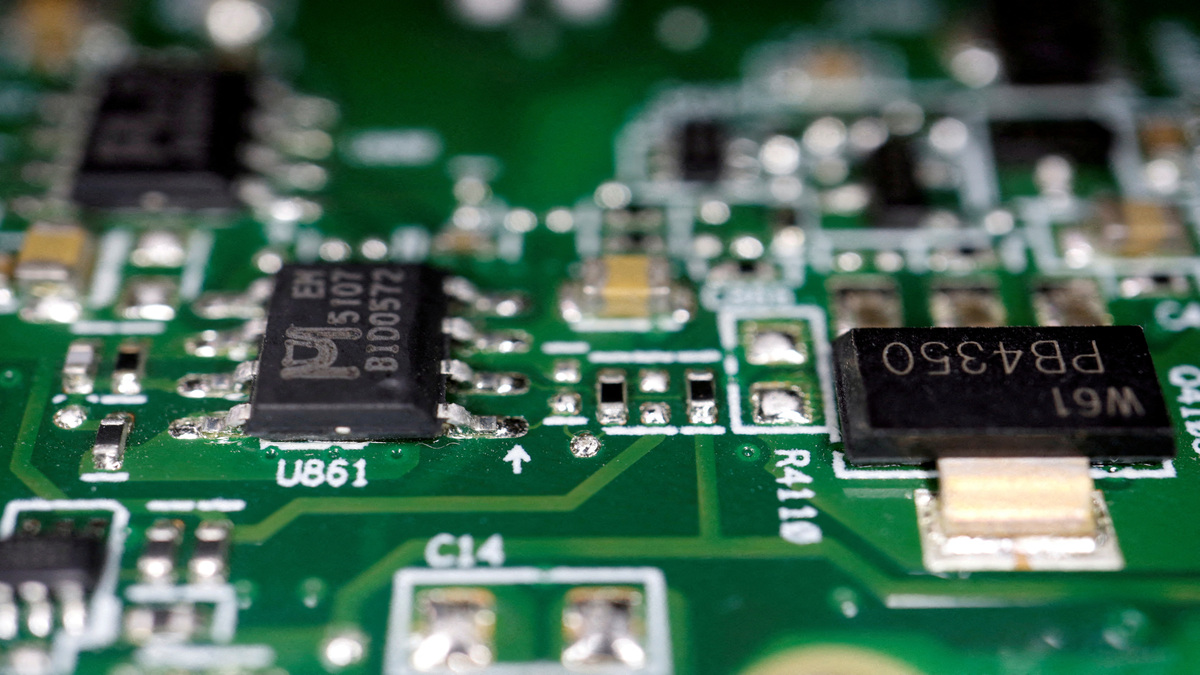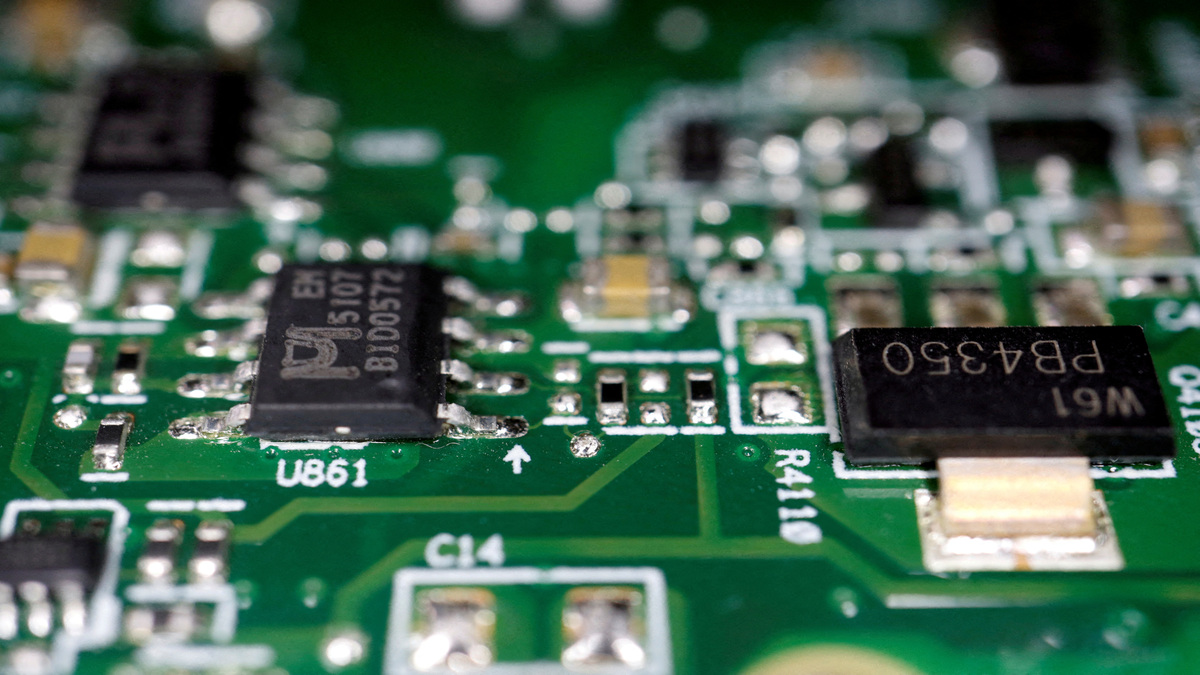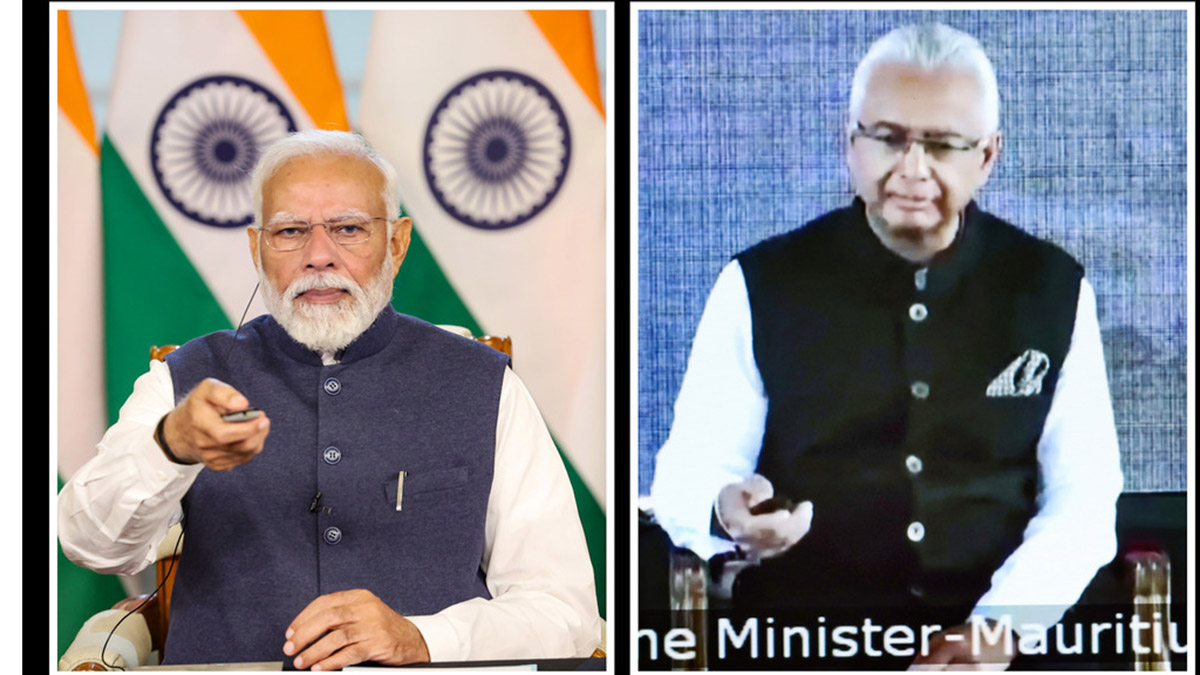An analysis of rating agency, Care, on the bad loan trend of select 13 public sector banks doesn’t offer any firm direction on the future path of the problem. It says, while overall bad loan ratio has stabilized, one needs to wait and watch for two more quarters to get a trend that is sustainable. Out of the 13, eight have shown a decline in NPA ratio (non-performing assets) over December 2016 while five have witnessed an increase.
Eight of out of the 13 still have GNPAs above 10 percent, while the remaining have above 6 percent. According to the rater, the Asset Quality Review (AQR) initiated by Reserve Bank of India (RBI) under former governor, Raghuram Rajan, and implemented from Q4 of FY16 resulted in massive jump in NPAs. The figure doubled to Rs 2.33 lakh crore for these 13 banks compared with Rs 1.16 lakh crore in March 2015.
In reality, it is not true to say Rajan’s directive to banks to clean up bank balance sheets by March, 2017 resulted in higher NPAs, it only forced banks to report the actual NPAs that were so far hidden in their balance sheets. In other words, bad loans were always there, but hidden under technical adjustments. The Reserve Bank of India (RBI) step brought this chunk out to public scrutiny.
Now that March-deadline for the RBI has passed, have banks reported all of their NPAs keeping to the central bank deadline? Only the next quarter earnings (June) will tell us that. In all likelihood, the sharp pace of rise NPAs must have peaked for many banks, but there are more skeletons waiting to come out of the closet for some others. This is in the case of certain regional-centric banks, which have been most vulnerable to political influence when it comes to lending operations and soft approach to defaulters.
The Care analysis doesn’t take into account the State Bank of India (SBI) numbers that came on Friday. As noted in an earlier piece , SBI numbers—both in terms of NPAs control and bottom line growth, is a silver lining for the industry that is locked in the bad loan battle. But, that doesn’t mean that the pain of other banks is over. They have a big battle still left to be fought. The next big thing one to watch out for in the NPA battle is how the recent NPA ordinance promulgated by the Narendra Modi government work for the benefit of banks for bad loan resolution. The government has given more power to the RBI to directly involve in case-by-case NPA resolution and enforce the Insolvency Act, if a firm fails to repay money borrowed from banks within a certain deadline.
There is skepticism whether the RBI can make any difference with its power to direct. There are concerns on a regulator coming between the banker-borrower relation and the power of banks to take commercial decisions. Also, in the event of loss to banks, they will need capital—lots of it. Will the RBI be in a position to nudge the central government to fork out additional capital to fill the fund-gap? These are all questions that need answers. But, if the RBI can miraculously tackle the NPA crisis, it will be a win-win for both the public sector banks and their majority owner—the government. But for this the government and RBI need to act fast. According to a report in DNA (read here ), even after a fortnight of the NPA ordinance, banks are still awaiting formation of oversight committees, which are instrumental in taking the process ahead.
Secondly, whether the government has the ability to wrestle rich and influential defaulters remains a question. It has made some progress in the Kingfisher-Vijay Mallya case, but recovery has not been significant so far (Mallya owes Rs 9,000 crore to 17 banks). There are several other large-corporate wilful default cases where promoters have taken the banking system for a ride. Beyond the victory of wrongdoer and the politics of the process, at the end of the day what is critical is to see whether the money is coming back to banks.
Thirdly, addressing the existing stock of bad loans is fine. Bad loans happen in any industry. But there is a need for a long-term plan to avoid future generation of problematic loan defaults that aren’t due to genuine reasons of business stress, but an outcome of the political-corporate nexus. State-run banks are easy targets for the tax evaders to misuse as compared with privately owned institutions. As mentioned in the above-mentioned DNA piece, a comparative study of the earnings of private sector banks and PSBs reveals this. The solution is simple: To let go of government control of state-run banks and let private parties run these institutions. This will free the government from the annual ritual of funding these banks and the banks from the micromanagement by government in their commercial decisions. India cannot afford a soft approach on the issue of NPA resolution. At the end of the day, banks are dealing with public money.
The fight against bank loan defaulters needs to be deeper, not cosmetic. The government needs to pick and choose problematic banks and kick off the process of selling them. Also, stringent action is needed to recover money from willful defaulters, not just leave the banks at the mercy of courts. Modi needs to do a real ‘surgical strike’ to fight bad loans, not random shots at the targets.


)




)
)
)
)
)
)
)
)